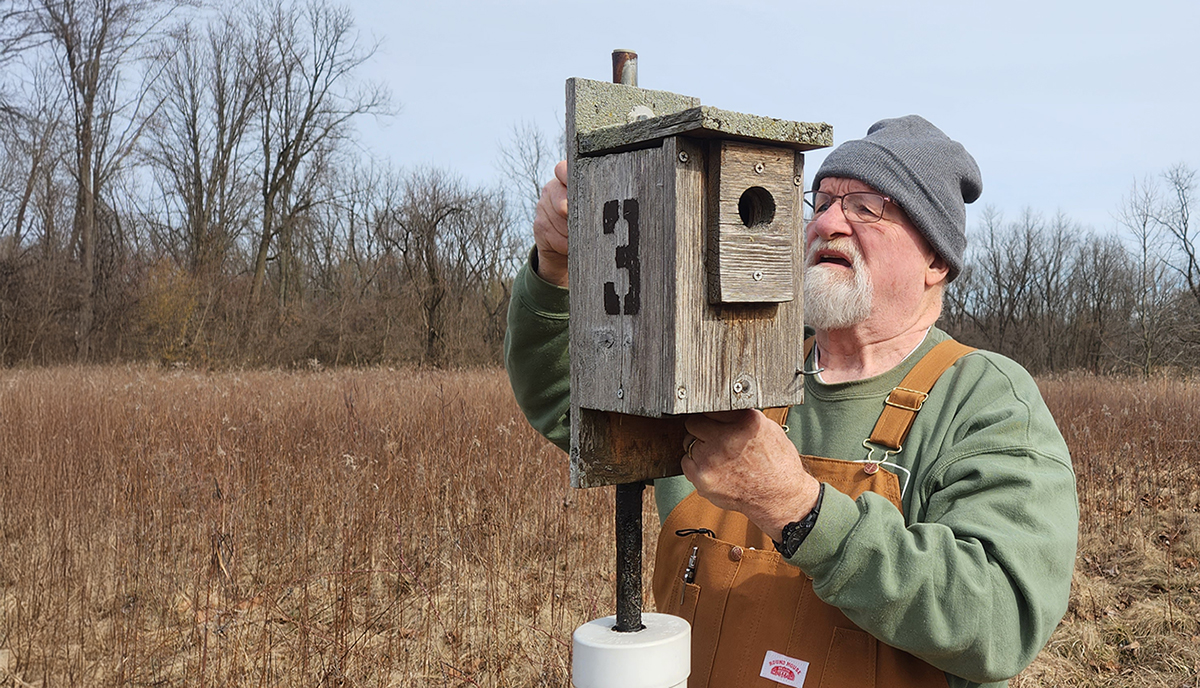With more than 28,700 acres of land and over 2,400 species of plants and animals, Metro Parks continually strives to manage these natural resources with an eye toward biological diversity and the protection of habitat.
Habitat Management
A number of techniques are used to achieve habitat goals, including: mowing, prescribed burning, allowing natural succession to occur and invasive plant control.
Successional mowing
Improves habitat in prairies, meadows and shrub lands by controlling woody and invasive species.
Prescribed burning
Inhibits invasive species and boosts new growth of native plants in prairies, grasslands and oak woods.
Invasive species control
Helps to protect the health and diversity of our natural areas and native species of plants and animals.


Wildlife Management
Activities that encourage or discourage population growth. Includes nest boxes and platforms for bluebirds, martins, bats and ospreys, and species reintroduction such as mussels, wood frogs, bobwhite quail and bison.
Species surveys
Data is gathered and interpreted to effectively manage habitats and wildlife.
- Breeding bird, butterfly and bat surveys.
- Water quality and chemistry monitoring.
- Mussel, fish and invertebrate surveys.
